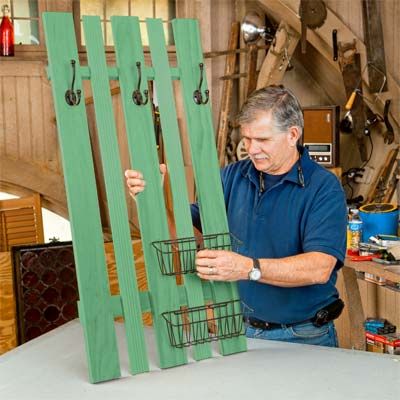Project details
Skill
Cost
Estimated Time
A pileup of coats and jackets near the front door is never a welcoming sight. But if your house lacks a proper entryway–as many do–finding a spot to store this stuff can be challenging. Our solution? Build a low-profile, cottage-inspired coatrack.
This Old House general contractor Tom Silva made this coatrack from 1× lumber and embellished it with strips of fluted door casing. He used double coat hooks and wire storage baskets to hold mail and gloves, maximizing storage space. The board-and-batten-like design protects the underlying wall from dings and dents. Follow Silva’s steps below to make your own.
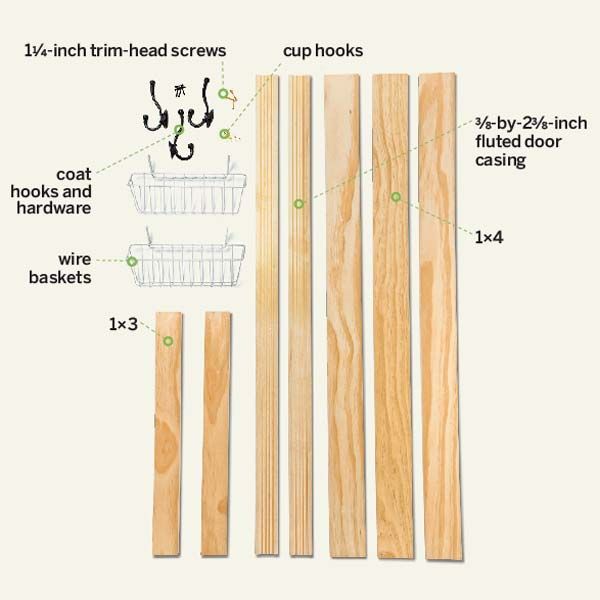
Step-by-Step Guide to Building A Coatrack
Before starting your project, set up a clean, well-lit workspace with ample room to maneuver. Ensure proper ventilation, especially when painting or staining. Always wear safety glasses when cutting wood or using power tools, and consider using a dust mask during sanding. Keep your work area tidy to prevent tripping hazards and maintain a safe environment throughout the project.
This coatrack measures 48-by-24 inches, but you can easily change the size to suit the space you have. Silva added a French cleat to the back side to make installation simple, so you’ll need a circular saw or table saw to make the bevel rip cut. If you don’t have one, fasten the piece directly to the wall by driving screws through the upper and lower cleats into wall studs or anchors.
Tools and Materials You’ll Need
 Miter saw
Miter saw Circular saw
Circular saw Drill/driver
Drill/driver Speed clamps
Speed clamps Paint brushes
Paint brushes
- 1×4 lumber (three 48-inch pieces)
- 1×3 lumber (two 24-inch pieces)
- ⅜-by-2⅜-inch fluted door casing (two 48-inch pieces)
- Wood glue
- 1¼-inch trim-head screws
- Double coat hooks
- Wire storage baskets (optional)
- Paint or stain of your choice
- Primer
- Casing
Step 1: Crosscut the Parts
Use a miter saw to cut the seven boards to length.
- 1×4: 3 at 48″
- 1×3: 2 at 24″
- Fluted door casing: 2 pieces of 3/8 by 2 3/8 stock at 48″ long
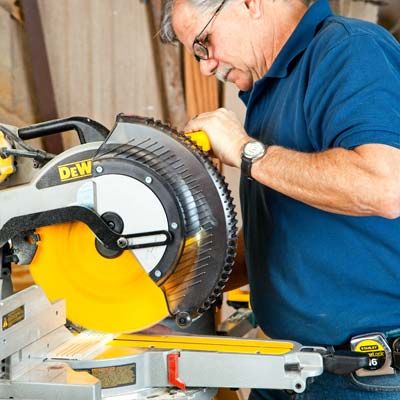
Step 2: Make a French Cleat
Adjust the bevel angle on your circular saw to 25 degrees, and set the blade depth slightly deeper than the board’s thickness. Cut the 1×3 upper cleat lengthwise to create two identical beveled strips.
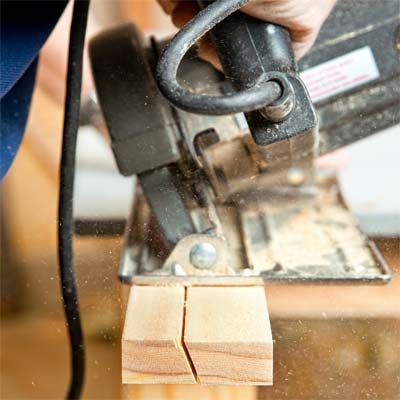
Step 3: Attach the French Cleat
Lay the two outside 1×4s parallel on a flat surface and place one-half of the French cleat across them, flush with the edges and 6 inches below the top. The cleat’s narrow face should rest on the 1×4s, with the square edge facing the top (shown below). Drill pilot holes, then attach with wood glue and 1¼-inch trim-head screws.
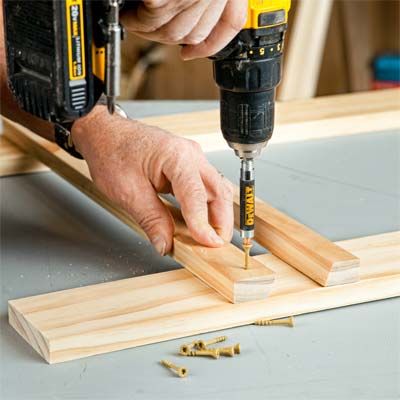
Step 4: Install the Lower Cleat
Glue and screw on the 1×3 lower cleat, 6 inches from the bottom end of the 1×4s. Slide the third 1×4 beneath the cleats, centered between the outside 1×4s. Fasten it to the two cleats with wood glue and 1¼-inch screws.
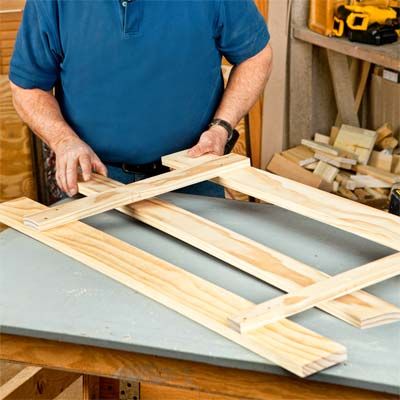
Step 5: Add the Fluted Casing
Turn over the frame and position the fluted casing pieces so that they’re centered between the 1×4s. Attach the casings to the cleats with wood glue and clamp them in place until dry.
Sand all surfaces with 120-grit sandpaper, then prime and paint the coatrack.
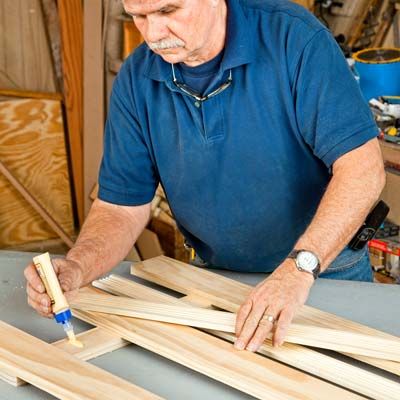
Step 6: Paint the Wire Baskets
While the rack dries, coat the wire baskets with spray primer and paint so that they match the coat hooks. Allow the paint to dry for at least two hours.
Flip the baskets over and paint the other sides. Add a second coat of paint if desired.
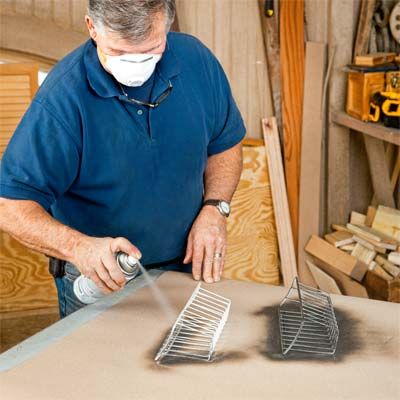
Step 7: Install the Coat Hooks
Attach one coat hook to each 1×4, using the screws provided. Position the hooks about 9 inches down from the top end of the coatrack, and be sure each one is centered on the 1×4.
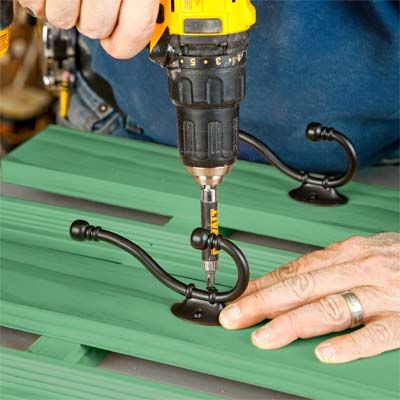
Step 8: Hang the Baskets and Install the Coatrack
Hold the baskets in place and mark positions for two cup hooks per basket. Screw the hooks into the 1×4s and hang the baskets.
Screw the other half of the French cleat to the wall, with its narrow face resting on the wall and its square edge facing down. Hang the coatrack on the wall-mounted cleat.
